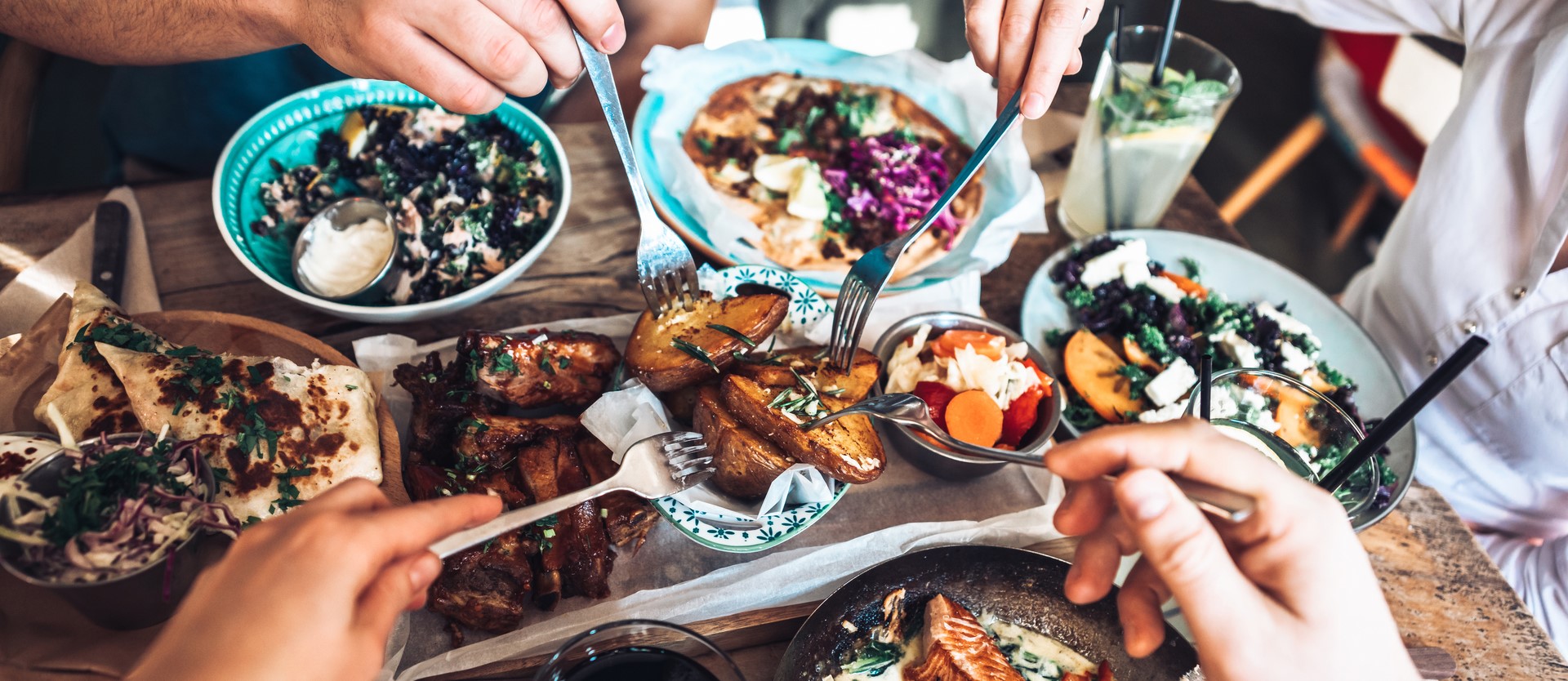
In the ever-changing environment of food and beverage, it can be challenging to stay on top of the latest consumer and industry trends. Whether it’s a new recipe going viral off TikTok, global flavors making waves across the market, or flexible lifestyles demanding change, food trends are stretching the boundaries in the months ahead. So, what cutting-edge ingredients, flavors, and products will be flying off the shelves this year? Here we monitor and track expert predictions of the biggest trends shaping the food and beverage industry in 2022.
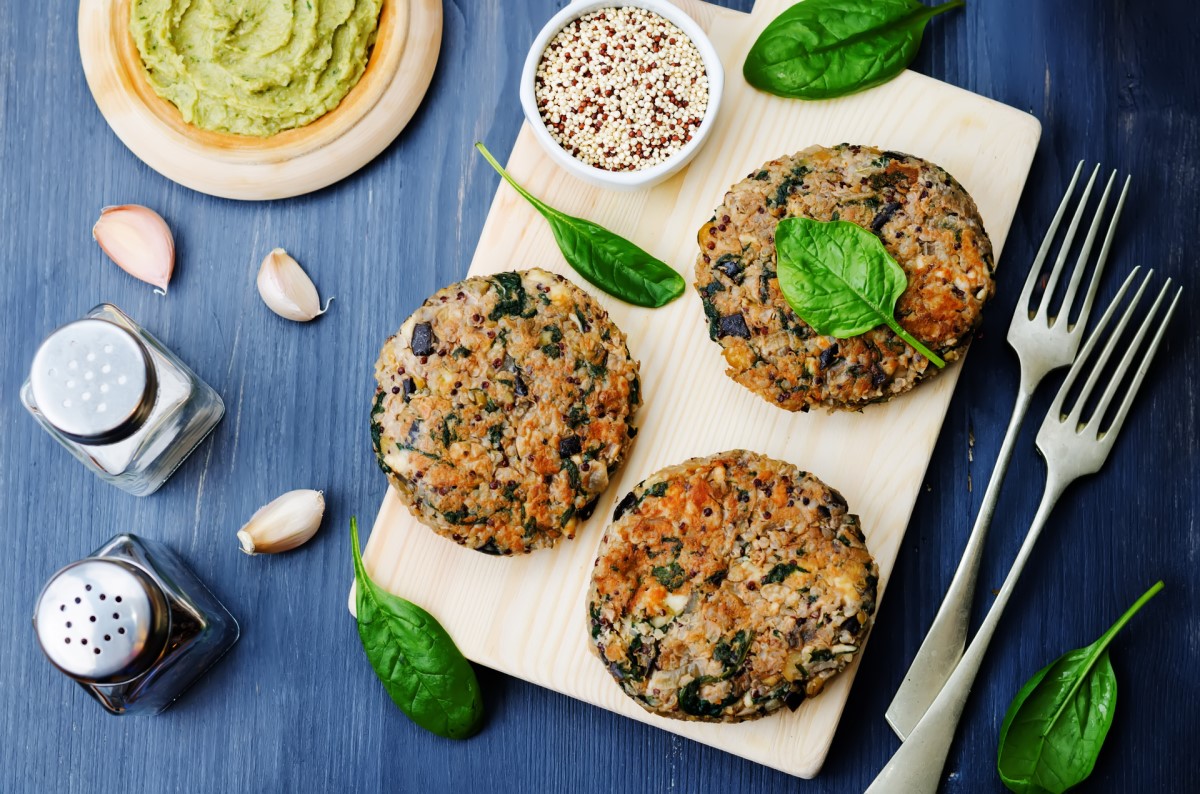 1. Flexitarians – the food consumer you should know and formulate for now
1. Flexitarians – the food consumer you should know and formulate for now
Plant-based foods are fast-growing in popularity around the world, propelled primarily by the rise of flexitarians. One in five people fit the definition of a flexitarian based on studies showing that people who purchased plant-based meat also bought regular meat products. Interestingly, nearly half of meat alternative buyers have no meat-avoidant members in their households while only 30% have a vegetarian or vegan in their homes1.
Interestingly, dietary restrictions are not the top reason why shoppers try plant-based meat alternatives. According to Mintel, there are multiple factors driving the growth of plant-based eating in recent years2. Health and wellness are the primary drivers of alternative or substitute meat purchase increases in recent years, followed by environmental concerns.
The rising interest in plant-based eating is expanding globally, driving demand for new food formats, plant proteins, and more sophisticated alternatives that respond to consumers’ concerns about health, diet variety, sustainability, and taste. While the number of vegans and vegetarians is increasing, they pale in comparison to the large group of flexitarian consumers who now make up 42% of the market. By comparison, vegans and vegetarians respectively account for 4% and 6% of consumers globally.
With one-third of consumers choosing to actively reduce their meat consumption, the plant-based market is no longer niche; consumers are hungry for meat and dairy alternatives. Brands must now assume everyone is a potential plant powered buyer and create and market substitutes to stay relevant in this space.
2. Sustainability – better for me, better for the planet
How we produce, transport, and consume food plays a significant role in addressing the climate crisis. Worries over health crises, climate change, and the ability of food production systems to keep pace with a population projected to reach 8.5 billion by 2030, bring the need for sustainable processes into focus. Food production contributes 21% to 37% of global greenhouse gas emissions and is a considerable factor in declining water tables, deforestation, and biodiversity loss3.
Consumers are looking to brands to help them mitigate their impact on the environment. Whether that's agriculture practices and farming processes that help address soil health, or eco-labeling designed to help consumers assess the overall environmental impacts of the products they buy. Brands must start thinking critically about how to shift strategies and strengthen their commitment to maintaining sustainable practices that benefit the planet, communities, and businesses while engaging in honest and open communication with consumers.
 3. Flexible spaces – flex offices and incubators are poised for more rapid growth
3. Flexible spaces – flex offices and incubators are poised for more rapid growth
With growing needs for unique solutions, public and private spaces are maximizing their capabilities to match consumers' flexible lifestyles. Jones Lang LaSalle’s (JLL) Global Flex Space Report reveals that 41% of tenants expect to increase their use of flex space as part of a post-pandemic work strategy and 63% of employees prefer a hybrid model vs. working exclusively in an office or at home4.
The Hatchery Chicago is but one example of this trend. Built for innovation, this food flex facility is bringing together technical labs and production kitchens for big-name food brands as well as entrepreneurs, startups, and smaller local food companies that are ramping up production. Food industry players can tap these outstanding facilities and resources to access an impressive community of moguls and innovators, all working to solve food challenges and grow together – essentially a think tank of people and minds on the leading edge of food and beverage development.
These flexible spaces not only drive sustainability5, where large office spaces continue to remain at low capacity, they also promote collaboration. Food businesses ranging from small bakeries to large manufacturers can join forces with scientists and ingredient specialists to help shape the future of food.
 4. Digestive health – the rising awareness of the gut microbiome
4. Digestive health – the rising awareness of the gut microbiome
According to the recent Fortune Business Insight's Market research report, the global digestive health market size was 37.93 USD billion dollars in 2019 and is expected to grow at a CAGR of 7.9% and reach 71.95 USD billion by 2027. Digestive health issues are prevalent across the globe and are caused by a variety of factors: change in diet, lifestyle choices, aging, and more. Dietary fiber is probably one of the most common ingredients capitalized worldwide for digestive health issues. The global dietary fiber market is predicted to be 9.74 USD billion dollars by 2025, which is almost double in value compared to 2018, when it was worth 5 USD billion dollars6.
Digestive health ingredients have a broad reaching potential to offer multi-functional benefits for overall health across various demographics and various categories in food, pet food, nutraceuticals, and nutricosmetics. The importance and awareness of the microbiome is even extending into other markets, like Home and Industrial Cleaning where a desire for more sustainable cleaning options has spiked a rise in microbial cleaning solutions.
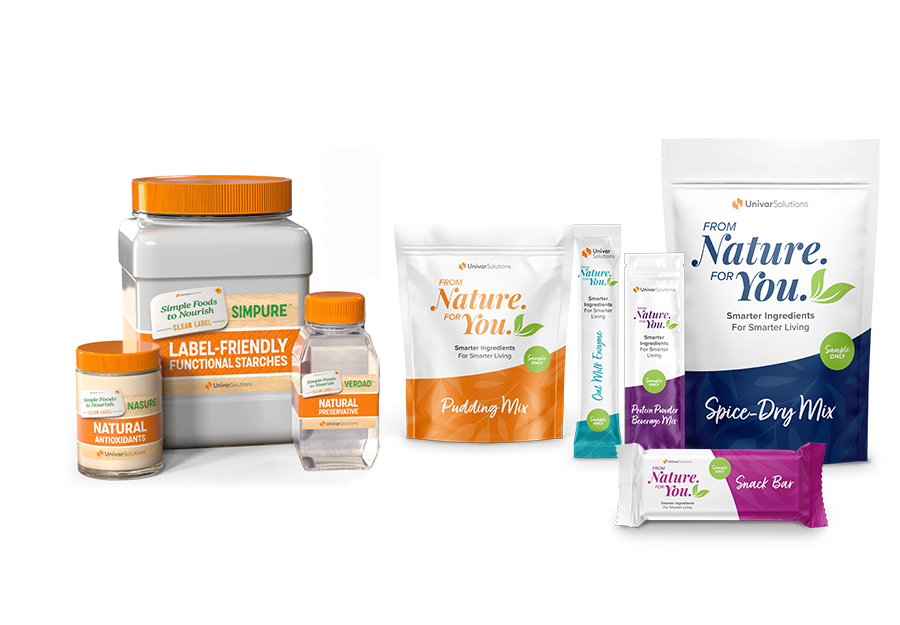 5. Clean ingredients – food health and beauty promoting ingredient literacy
5. Clean ingredients – food health and beauty promoting ingredient literacy
Today's consumers are more educated than ever. They want products that are clean, ethical, and authentic with transparent claims and traceable ingredients. They value brands and products whose principles reflect their own. This demand continues to drive the food space as well as the beauty and personal care industry in a new direction.
Consumers are paying more attention to what they buy and are becoming more particular with what they consume and apply on their bodies. Today’s mindful shoppers are now considering labels based on health, wellness and sustainability considerations, choosing foods based on the label content with greater insight into where their foods come from and which food ingredients or food additives they should avoid. According to recent survey results from product data company Label Insight, 39% of U.S. consumers say they would switch from the brands they currently buy to others that provide clearer, more accurate product information. Additionally, 73% of consumers surveyed by Nielsen say they feel positively about brands that share the "why behind the buy" information about their products.
Similarly, in the beauty space, many retailers are widely adopting a "clean beauty" focus over "natural beauty," which is shaping how consumers shop and explore new products.
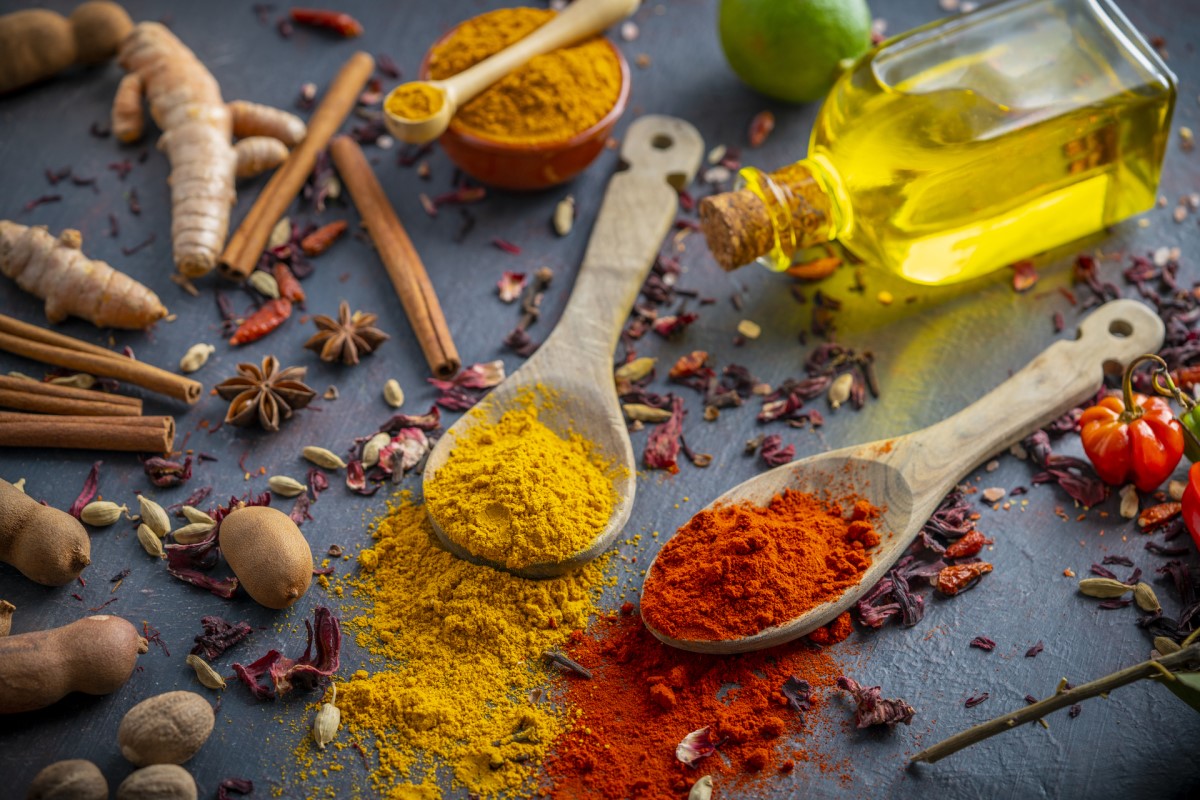
6. Trending flavors and ingredients – spotlighting international cuisines
Consumers are showing a growing interest in adding a variety of flavor to their dishes. Sales of herbs and spices at retail were up 41% in 2021, after a strong 2020. Top performers in this category include Middle Eastern spices, tying in with the trend for Levantine food, and specialty salts. International inspired food fusions such as Indian pizza with tikka masala and butter chicken toppings are featured on more menus, while a rise in peppers ranging in spiciness are turning up the heat in more recipes, snacks, and condiments.
Other top ingredients hitting the shelves include:
Hibiscus – shifting from purely Vitamin C packed teas to fruit spreads, yogurts, and other craft beverages
Moringa – acting as the latest matcha alternative found in powder form to add to smoothies, sauces, and baked goods
Mushrooms – found in unexpected places like mushroom powder for added flavor in alternative meats and adding functional benefits to beverages
Turmeric – used to enhance packaged foods including cereals, sauerkrauts, and even plant-based ice cream sandwiches
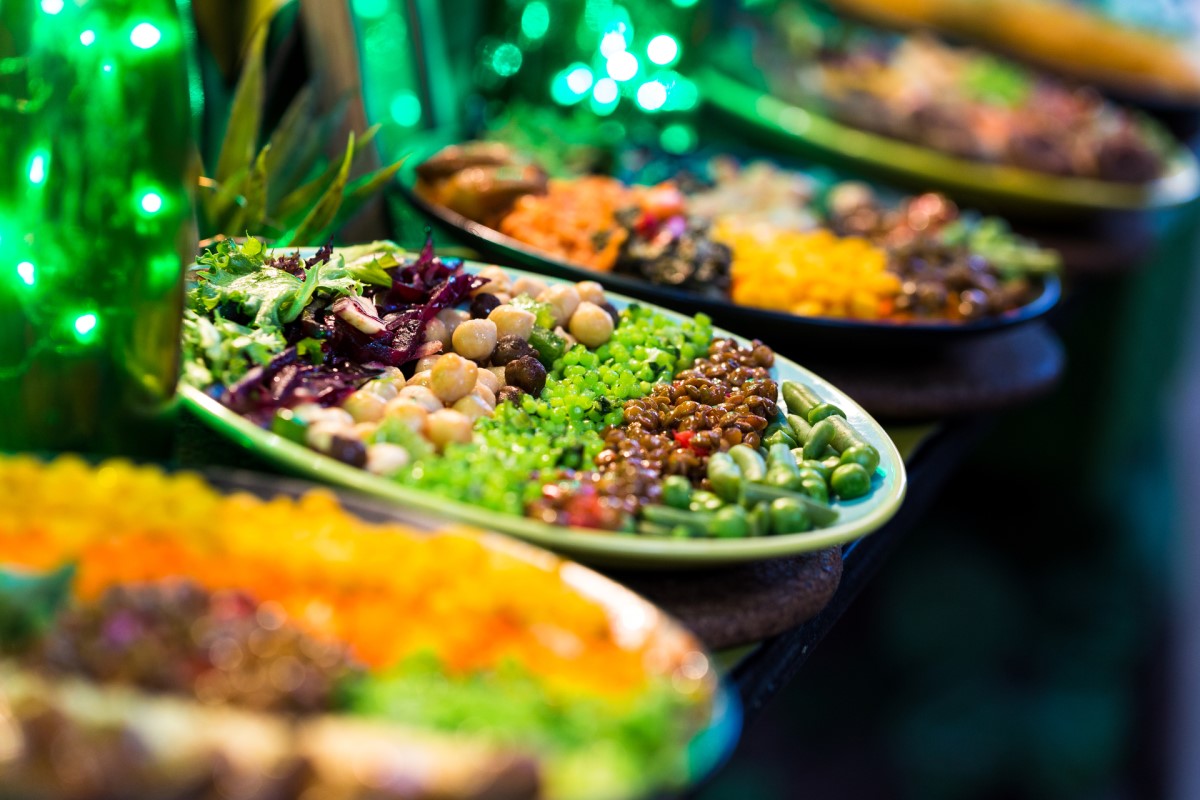
7. Proteins in play – processing with enzymes in brewing, food, and cleaning
Enzymes are increasing their appearance in the market through their ability to improve the sustainability and health image of current lines, as well as create new options for protein-based beverages or meat and dairy alternatives. Enzymatic solutions for processing vegetable proteins into plant-based food and beverage products offer competitive advantages that support a cleaner label and contribute to nutrition, wellness, and digestion claims – rounding out a variety of consumer trends and demands seen in 2022.
Found in nature and part of our everyday lives, enzymes are active ingredients that also enable more eco-friendly, high-performance solutions in the cleaning and laundry spaces.
Interested in more trends to watch out for in 2022? Check out what other experts in the industry are buzzing about below.
Univar Solutions' team of food scientists can help you tackle the toughest formulating challenges. We have developed product innovations and recipes across key applications to deliver the right taste and texture for your next product launch. Start innovating with us today to keep pace with consumer demands of tomorrow. Meet with our application development scientists for off-the-shelf or custom solutions.
Source: INNOVA MARKET INSIGHTS
- Shared Planet: Planetary concerns overtake personal health when it comes to consumer priorities
- Plant-Based – The Canvas for Innovation: Optimizing and diversifying options
- Tech to Table: Consumers turning to apps and artificial intelligence for guidance
- Shifting Occasions: Consumers seek more from going out
- Voice of the Consumer: Food and beverages that align with political, social and ethical values
- Gut Glory: Functional food and beverages to suit microbiome health
- Back to the Roots: Consumers increasingly value the functionality, freshness, and authenticity of local foods
- Amplified Experiences: Accelerated by the pandemic, consumers are hungry for new food and beverage experiences
- Upcycling Redefined: Ingredients which were once considered waste are being given a new lease on life in the circular economy
- My Food, My Brand: Food choices are now signals for entire lifestyles as personal values intertwine with purchasing decisions
Source: MINTEL
- In Control: Brands delivering information and options to make consumers feel like they are in control
- Enjoyment Everywhere: Consumers are eager to embrace novel experiences, both virtually and in the 'real' physical world
- Ethics Check: Consumers want to see measurable progress from brands
- Flexible Spaces: Public and private spaces must maximize their capabilities to match consumers' flexible lifestyles
- Climate Complexity: Consumers are looking to brands to help them mitigate their impact on the climate crisis
10 Food and Drink Trends Set to Soar in 2022
Source: SPECIALTY FOOD
- Flexitarian Food
- Bigger, Better Breakfast
- Mushrooms
- Bottled Cocktails
- Nostalgic Desserts
- Japanese Flavours
- Levantine Food
- CBD
- Potato Milk
- Spicy Foods
The Next Big Things: Our Top 10 Food Trends for 2022
Source: WHOLE FOODS MARKET
- Ultraurban Farming: Innovation in indoor farming, hydroponics and aquaponics
- You Do Yuzu: Tart and sour citrus, tangerine-sized fruit will be showing up in vinaigrettes, hard seltzers, mayos and more
- Reducetarianism: Reducing consumption of meat, dairy and eggs without cutting them out completely
- Hibiscus is Happening: Going beyond teas to fruit spreads, yogurts and beyond
- Buzz-Less Spirits: Drinks that provide the taste and sophistication of cocktails without the buzz
- Grains that Give Back: Grains grown through practices that address soil health
- Seize the Sunflower Seed: Delivering protein and unsaturated fats to crackers, ice creams and creamy cheeses
- Moringa's Moment: Matcha's latest alternative
- Functional Fizz: Sodas with probiotics, prebiotics, botanicals, fruity flavors and unconventional ingredients
- Turmeric Takes Off: Packaged foods like cereals, sauerkrauts, and even plant-based ice cream sandwiches
These Will Be the 25 Biggest Dining Trends in 2022, According to Chefs
Source: FOOD & WINE
- Restaurants Will Be Open Fewer Days of the Week
- Menu Prices Will Continue to Rise…
- …As Menus Continue to Shrink
- Restaurant Operators Will Diversify Their Business Models
- Tips Will Be Pooled
- Cancellation Policies Will Be Stricter
- Hyper-Local Foods Will Get Even More Hyper-Local
- There Will Be More Chef Collaborations
- We'll Use Local Food Delivery Services
- High-End Fine Dining is Back
- Food Will Be Personal and Unapologetic
- Comfort Food is Sticking Around
- Live-Fire cooking Will Get Even Hotter
- Alcohol-Free Cocktails Will Keep Booming…
- …And So Will Fermented Drinks
- Outdoor Private Dining is Here to Stay
- You'll Eat Your Vegetables
- Preserved Ingredients Will Have More Starring Roles
- Seeds > Nuts
- Potato Milk is Coming!
- More Katsu for Everybody
- Salad Dressings Will Be Better
- Heritage Ingredients Will Take the Spotlight
- Local Caviar is on the Menu
- We're Cooking 'Pantry-to-Plate'
Additional Resources
.3d6f1f69d318e07599b050ad96a968e511753.png) Solution Center Profile: Dr. Dejana Drew, Director, Technical Solutions
Solution Center Profile: Dr. Dejana Drew, Director, Technical Solutions
Balancing speed and progress with collaboration and innovation make next-generation solutions possible. Read an interview with Global Director,…
Learn More Solution Centers
Solution Centers
Streamline efforts and formulate breakthrough products. Learn more about our lab services to help you create your next technical solution.
Learn More Solution Center Profile: Dr. Andrew Mint, Director of Global Solution Centers
Solution Center Profile: Dr. Andrew Mint, Director of Global Solution Centers
Leading a global network of state-of-the-art labs, test kitchens and R&D sites on four continents, Director Andrew Mint shares his vision of…
Learn More
References:
- Numerator study, The real deal with fake meat: http://1.https//www.numerator.com/resources/blog/real-deal-fake-meat-part-1
- Mintel Report: 2021 Plant-Based Proteins
- Our world in Data, Oxford Global Change Data Lab: Food production is responsible for one-quarter of the world’s greenhouse gas emissions:https://ourworldindata.org/food-ghg-emissions
- JLL’s 2021 Global Flex Space Report: https://www.us.jll.com/en/trends-and-insights/research/the-future-of-flex
- Work&Place - How flexible office space drives sustainability: https://workandplace.com/how-flexible-office-space-drives-sustainability/
- Fortune Business Insight’s Market research report – Digestive Health: https://www.fortunebusinessinsights.com/digestive-health-market-104750



 EMEA
EMEA Latin America
Latin America North America
North America Asia
Asia